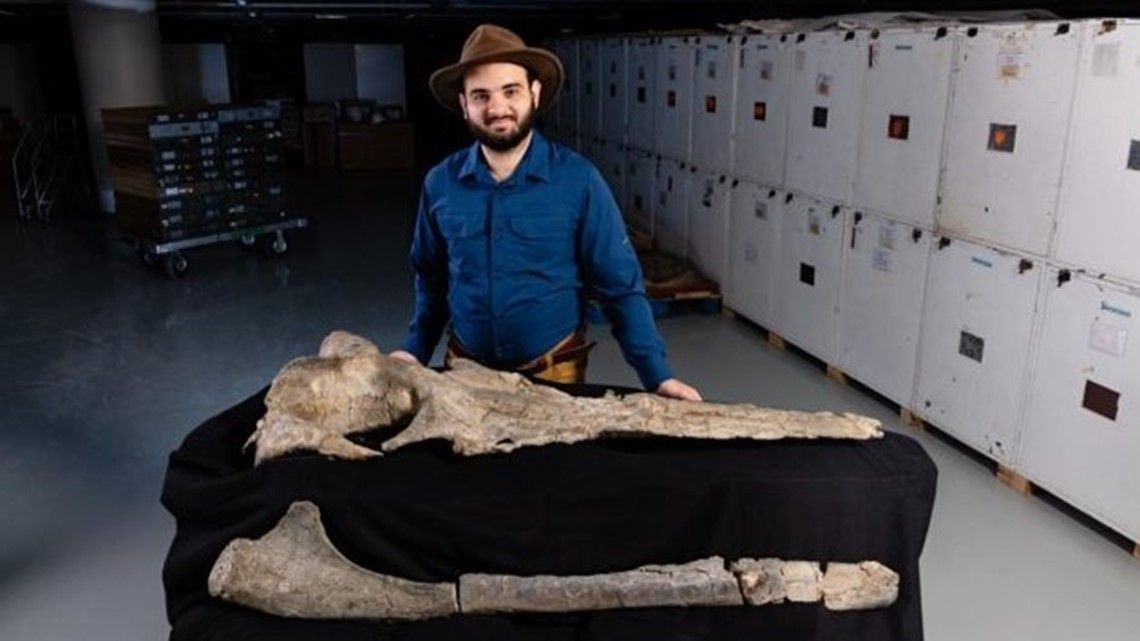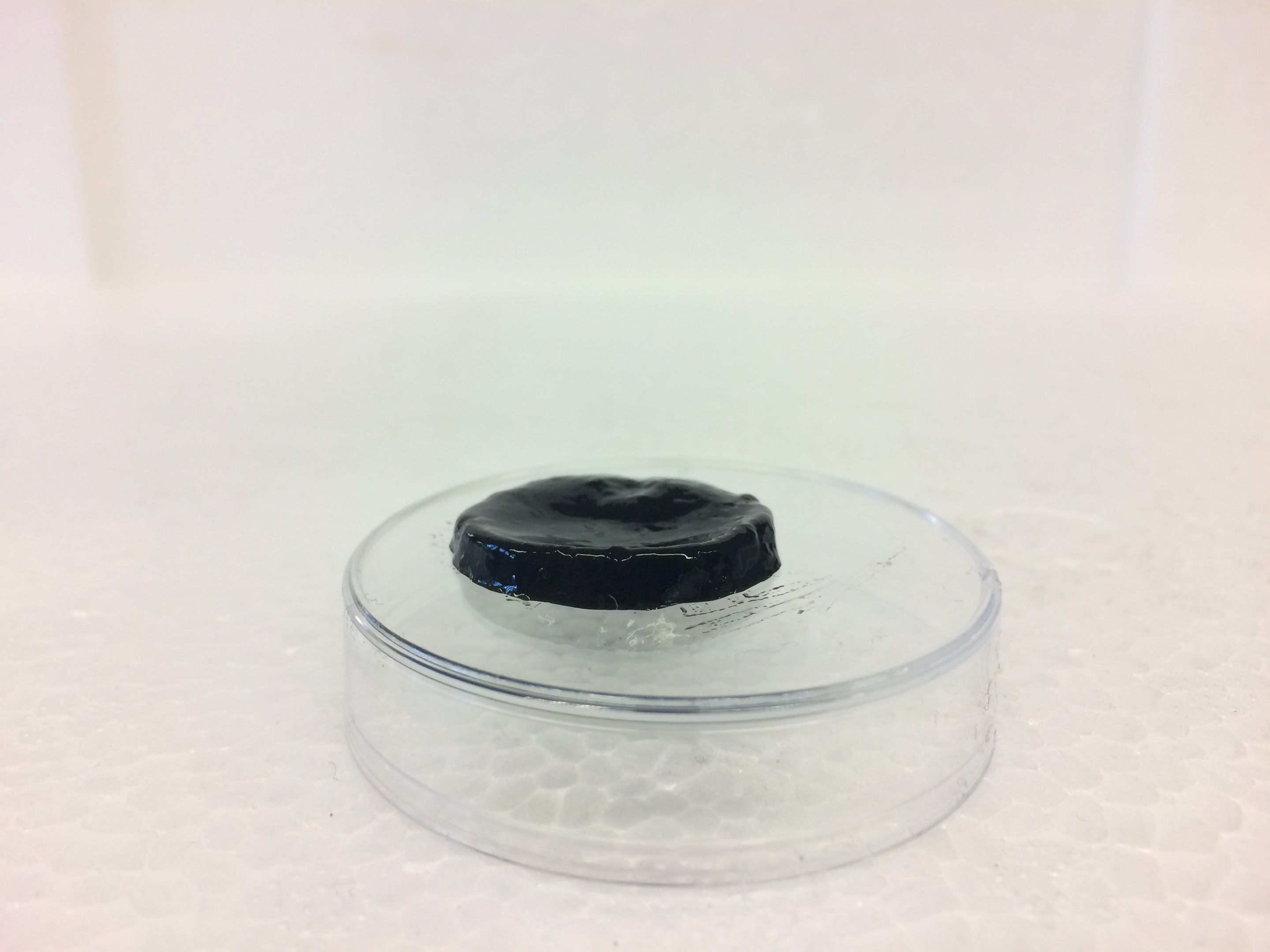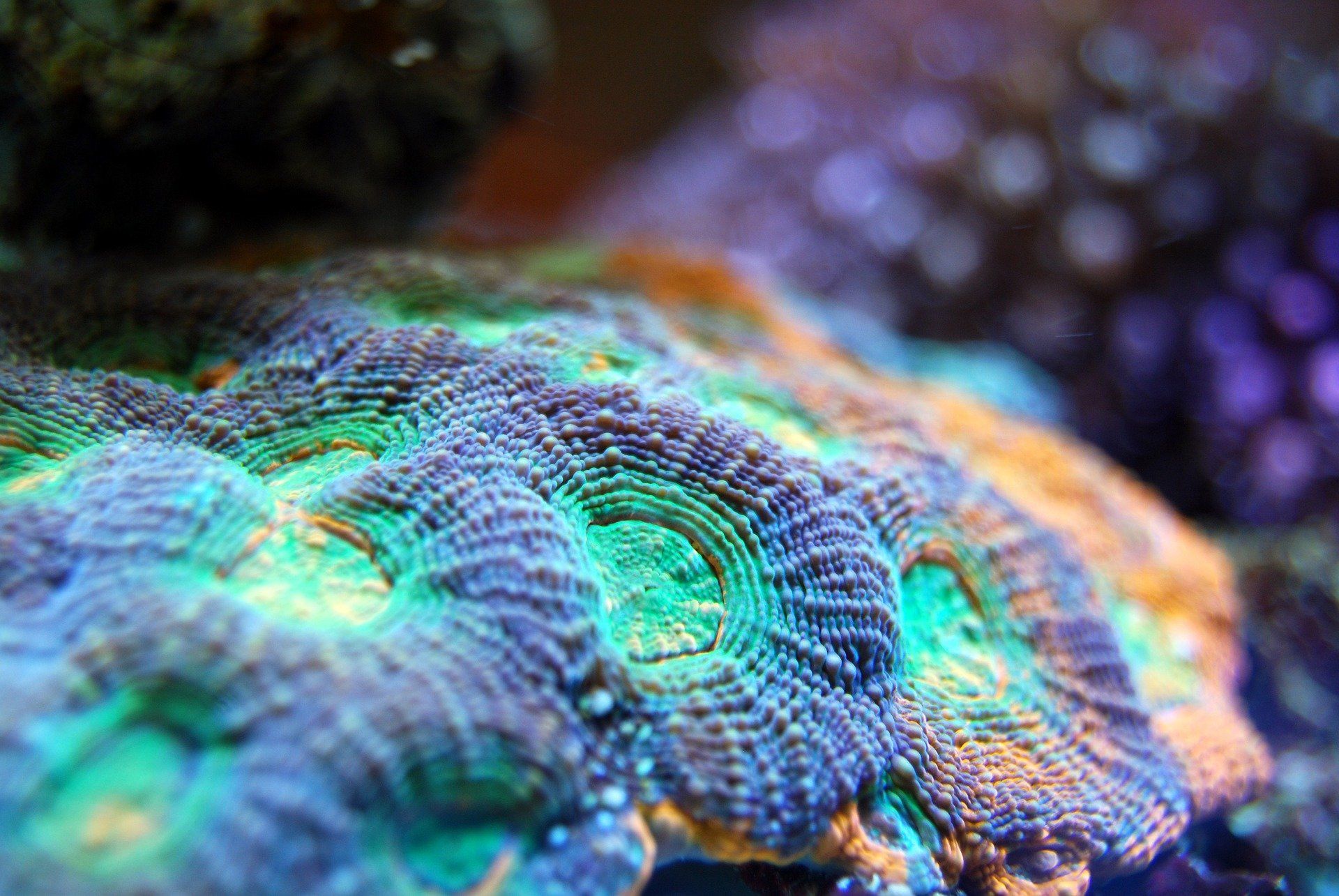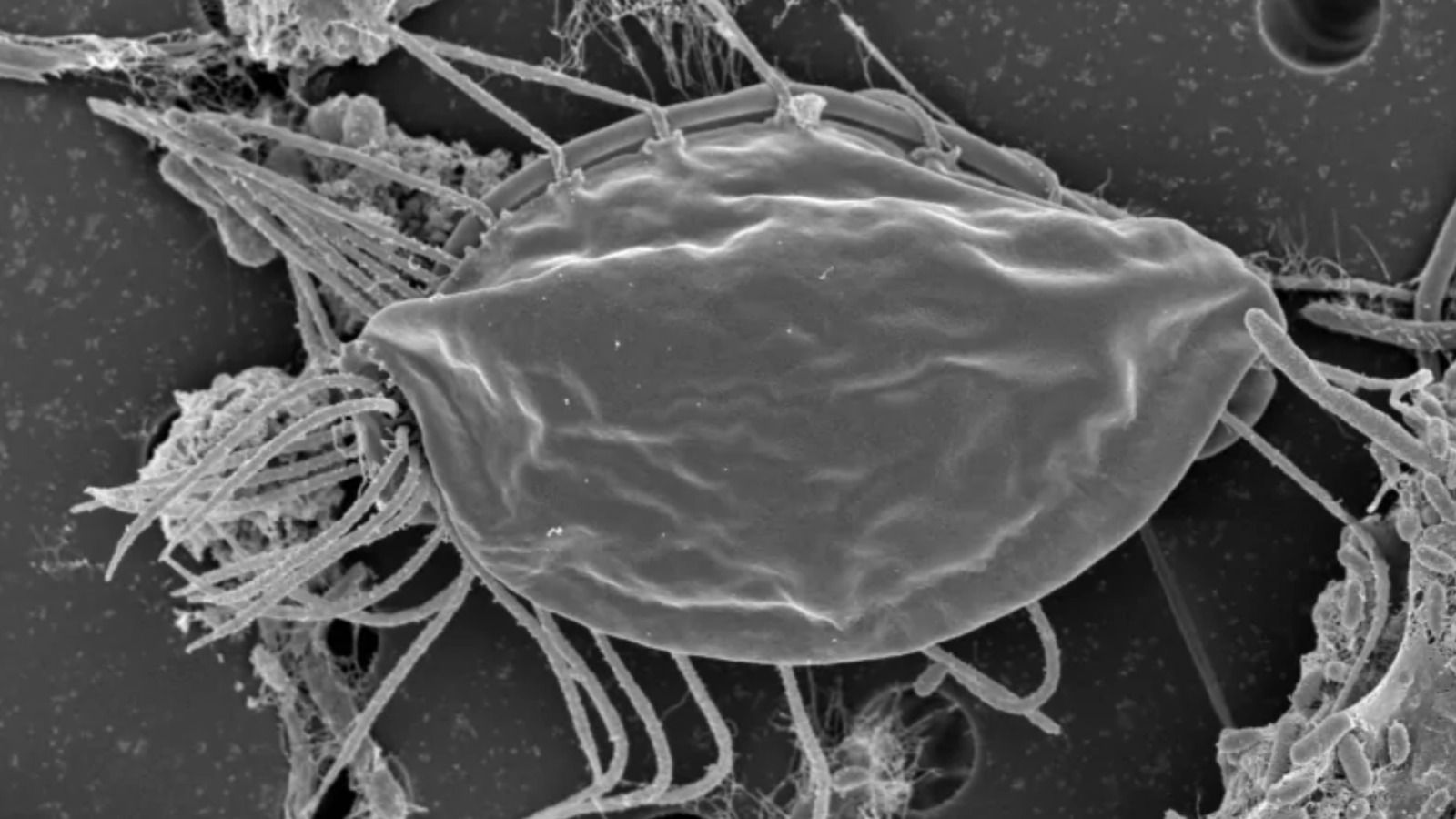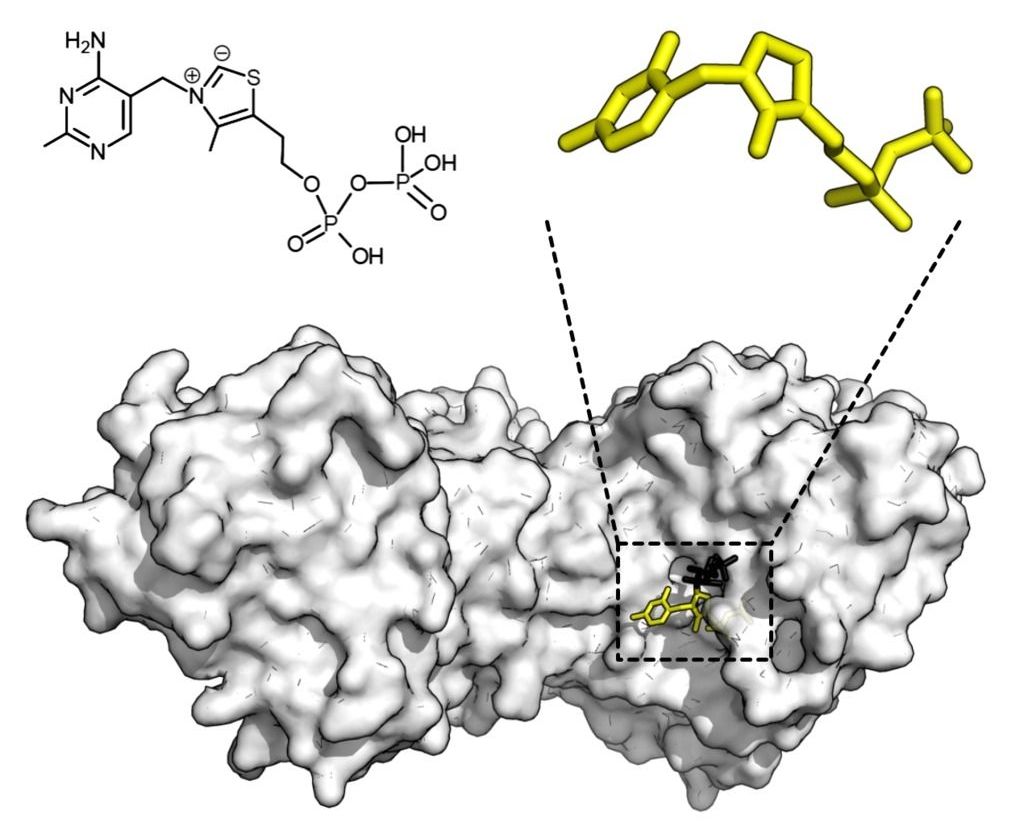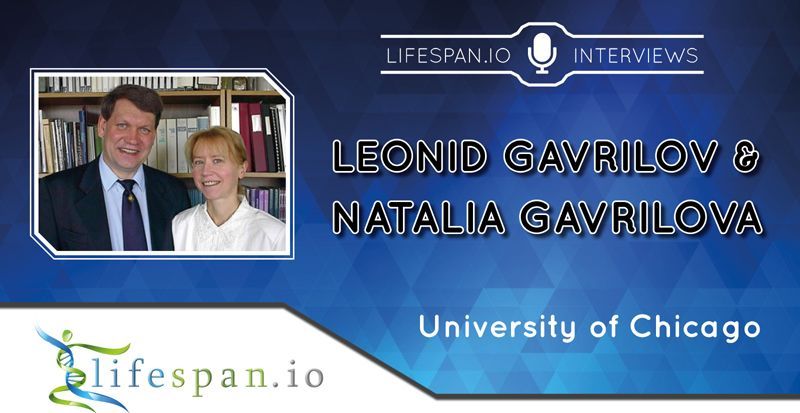An interview with Drs. Leonid Gavrilov and Natalia Gavrilova on the demography of life extension.
Many people are concerned that vastly extended healthy lifespan might lead us to catastrophic overpopulation, and the best way to mitigate this fear is probably to talk to an experienced demographer. To learn more about this and other interesting questions related to life extension, we spoke to Drs. Leonid Gavrilov and Natalia Gavrilova, respectively Principal Investigator and Research Associate at the Center on Aging in Chicago University. Both of them have specialized in the biodemography of aging and longevity and possess nearly endless resumes.
Natalia and Leonid, your field of expertise is the biodemography of aging and longevity. What drew you to this field of research?
This is a scientific approach using demographic data and methods to get insights into the biological mechanisms of aging and longevity. We came to this research area because it allows us to obtain new interesting and meaningful scientific findings despite very limited funding.
